May 30, 2025 | 00:54 GMT +7
May 30, 2025 | 00:54 GMT +7
Hotline: 0913.378.918
May 30, 2025 | 00:54 GMT +7
Hotline: 0913.378.918
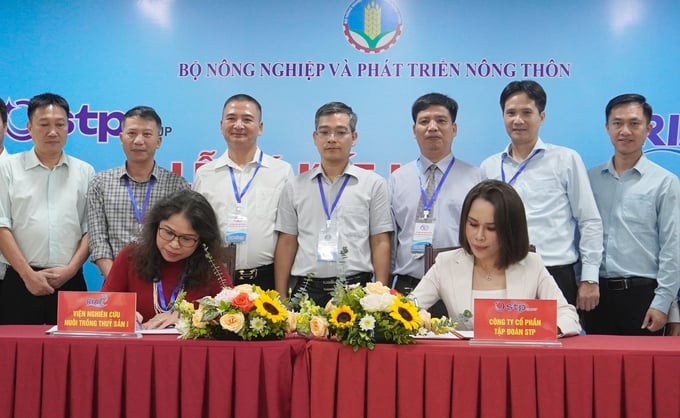
The Research Institute for Aquaculture I (RIA I) and STP Group will coordinate and cooperate in technology transfer for marine aquaculture, reservoir/hydroelectric pond aquaculture, and cage aquaculture on rivers. Photo: Hong Tham.
Mrs. Dang Thi Lua, Director of the Aquaculture Research Institute I (RIA 1), said that RIA 1 and STP Group will coordinate and cooperate in transferring technology for marine aquaculture, reservoir/hydroelectric pond aquaculture, and cage farming on the river.
Cooperate in joint ventures and partnerships in building and implementing programs, projects, and research projects at home and abroad related to HDPE materials in aquaculture. Cooperate in implementing experiments and projects using HDPE infrastructure to serve aquaculture at sea.
Organize seminars and train human resources related to technology transfer of marine aquaculture, reservoir/hydroelectric pond aquaculture, and cage aquaculture on rivers. Cooperate in introducing, promoting, and introducing science and technology products through exhibitions, seminars, media, and publications.
Mrs. Nguyen Thi Hai Binh, General Director of STP Group, said that the signing of the Memorandum of Understanding between RIA 1 and STP has great significance, especially for STP Group because RIA 1 is a research and innovation unit, bringing infrastructure for aquaculture using HDPE plastic cages to Vietnam and had a special scientific research center on this material. Meanwhile, STP Group is also a domestic private corporation pioneering in research, development, and bringing aquaculture floating system products to upcoming Vietnamese standards.
The technology of making cages using HDPE (High Density Polyethylene) (square/rectangular cages, round cages) and materials to replace foam floats have also been initially applied in mariculture in many areas to reduce the pressure of environmental pollution and better adapt to climate change.
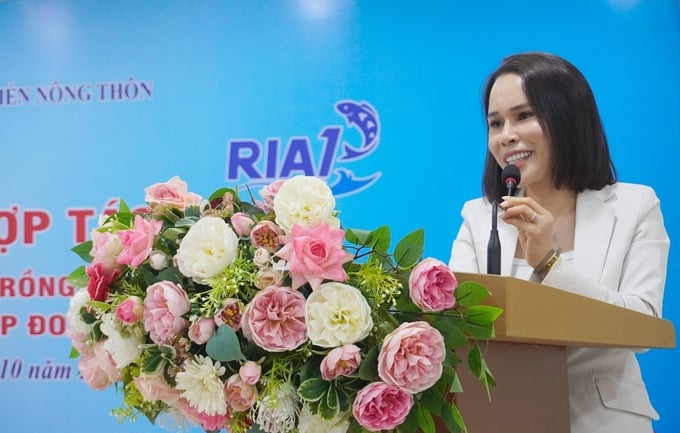
Mrs. Nguyen Thi Hai Binh, General Director of STP Group, said that STP Group will support an HDPE cage system for RIA 1 to preserve national seafood genetic resources. Photo: Hong Tham.
"This cooperation will help STP Group coordinate with RIA 1 to bring into practice the infrastructure of the agricultural sector in general and fisheries in particular, which was previously unstable, fragmented, outdated, and caused environmental pollution, aim for more sustainability, protect marine livestock, and increase product value for export," Mrs. Binh added.
It is known that in this cooperation, STP Group will support an HDPE cage system for RIA 1 to preserve national seafood genetic resources. Ms. Binh said that keeping the design of cages to protect more than 2,000 aquatic breeds, including very rare breeds in Vietnam, is extremely important, even contributing to preserving them for future generations.
"We want to join hands because Vietnam currently has special aquatic breeds in the world but does not know how to protect and propagate them. We think that we will not only stop cooperating to improve and design cages but also continue to improve industrial systems in cages to protect those rare genetic resources and how to multiply them and maintain sustainably," Mrs. Binh added.
Mrs. Nguyen Thi Hai Binh, General Director of STP Group, said the group has accompanied governments, businesses, and fishing households in 28 coastal provinces to develop aquaculture and seafood. In recent years, the group has continuously researched and developed new products that are optimal for the practices of each farming region, such as HDPE round cages, HDPE square cage clusters, HDPE rectangular cage clusters, assembled HDPE cages, HDPE infrastructure buoy cages, HDPE block cages...
Up to now, infrastructure products for aquaculture under the STP Group brand have been present in more than 20 provinces and cities across the country, serving a variety of hydroelectric lake fish farming, closed bay farming, near-shore farming, and offshore marine farming. On the path to realizing a green future for Vietnam's seafood industry, the group has embarked on cooperation to implement ESG projects with the expectation of contributing to improving the marine environment and changing the face of marine farming in local coastal areas.
Previously, On October 11, in Hanoi, Vietnam National University of Agriculture (VNUA) and STP Group held a cooperation signing ceremony. In the cooperation program with the Vietnam National University of Agriculture ('VNUA'), the two sides agreed to actively contribute to changing the face of Vietnam's fisheries industry, Cooperate in joint ventures and partnerships in building and implementing programs, projects, and research projects at home and abroad related to the green material HDPE in aquaculture; Cooperate in implementing tests and projects using HDPE products to serve infrastructure water supply, drainage, and aquaculture at sea.
Translated by Tuan Huy

(VAN) Ms. Nguyen Thi Dung, Deputy Director of Ngoc Hoang Cooperative, shared about the journey of bringing dragon fruit to Europe, achieving annual revenues in the billions of VND.
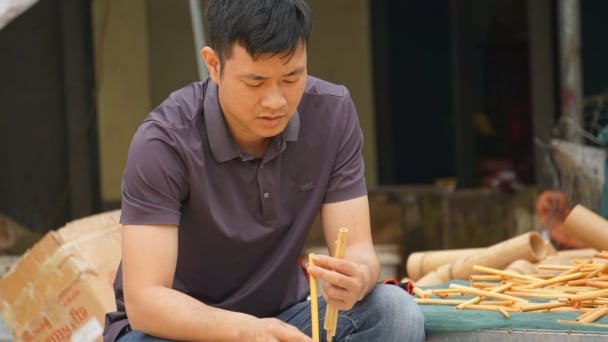
(VAN) Bamboo products from Thang Tho Bamboo Cooperative have reached many countries around the world, while also creating jobs for local workers.
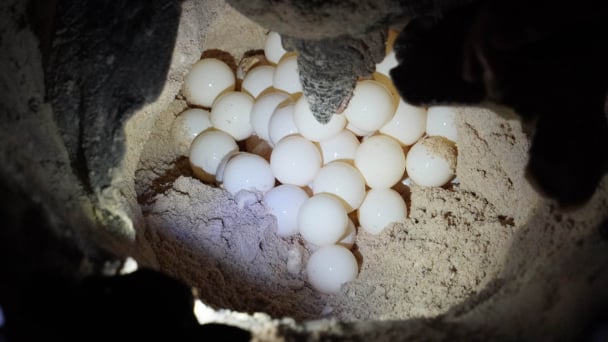
(VAN) The Management Board of Con Dao National Park reported that a green sea turtle, tagged in the Philippines, has traveled thousands of kilometers to lay 84 eggs on Bay Canh Islet.
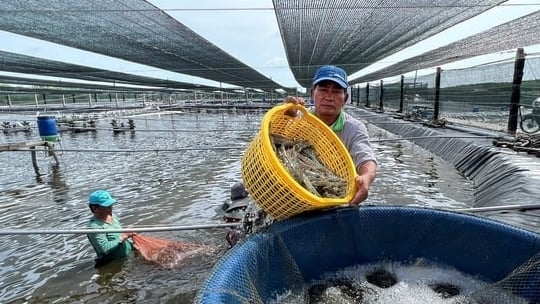
(VAN) Green technology is paving a new path for sustainable aquaculture in the Mekong Delta in particular and across the country in general, helping reduce emissions and adapt to climate change.
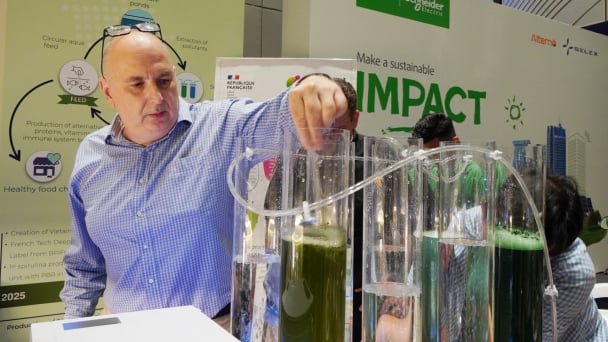
(VAN) On May 27, La French Tech Vietnam (the French startup and innovation community in Vietnam) held the French Tech Summit Vietnam 2025.
/2025/05/27/4731-2-223159_980.jpg)
(VAN) No votive paper, no styrofoam, no plastic bags, no plastic bottles, and no single-use plastic trays are the key rules tourists should keep in mind when visiting Con Dao.

(VAN) In the fight against plastic pollution, Vietnam has been demonstrating a proactive, pioneering, and active role in addressing the greatest environmental challenge today.